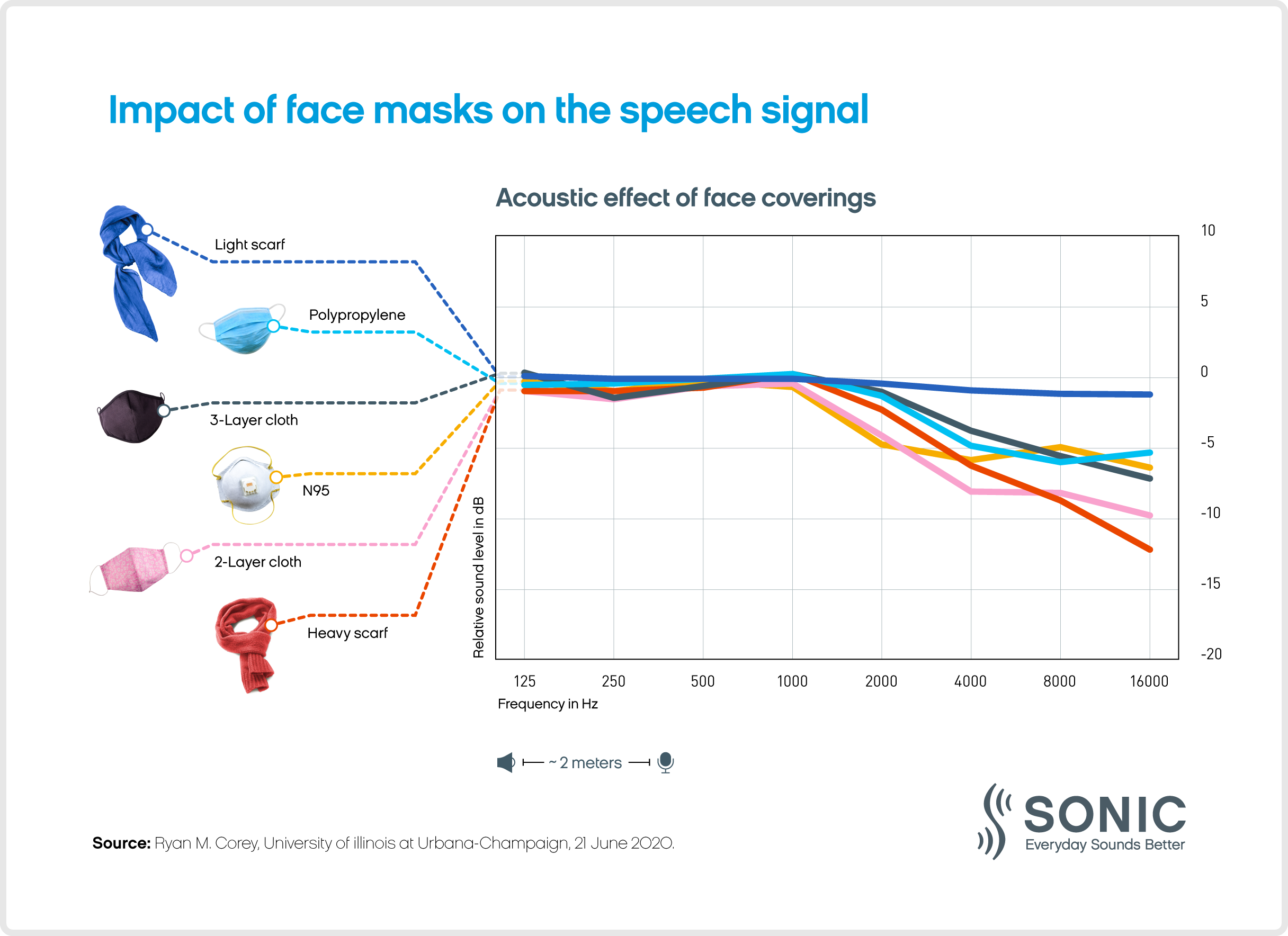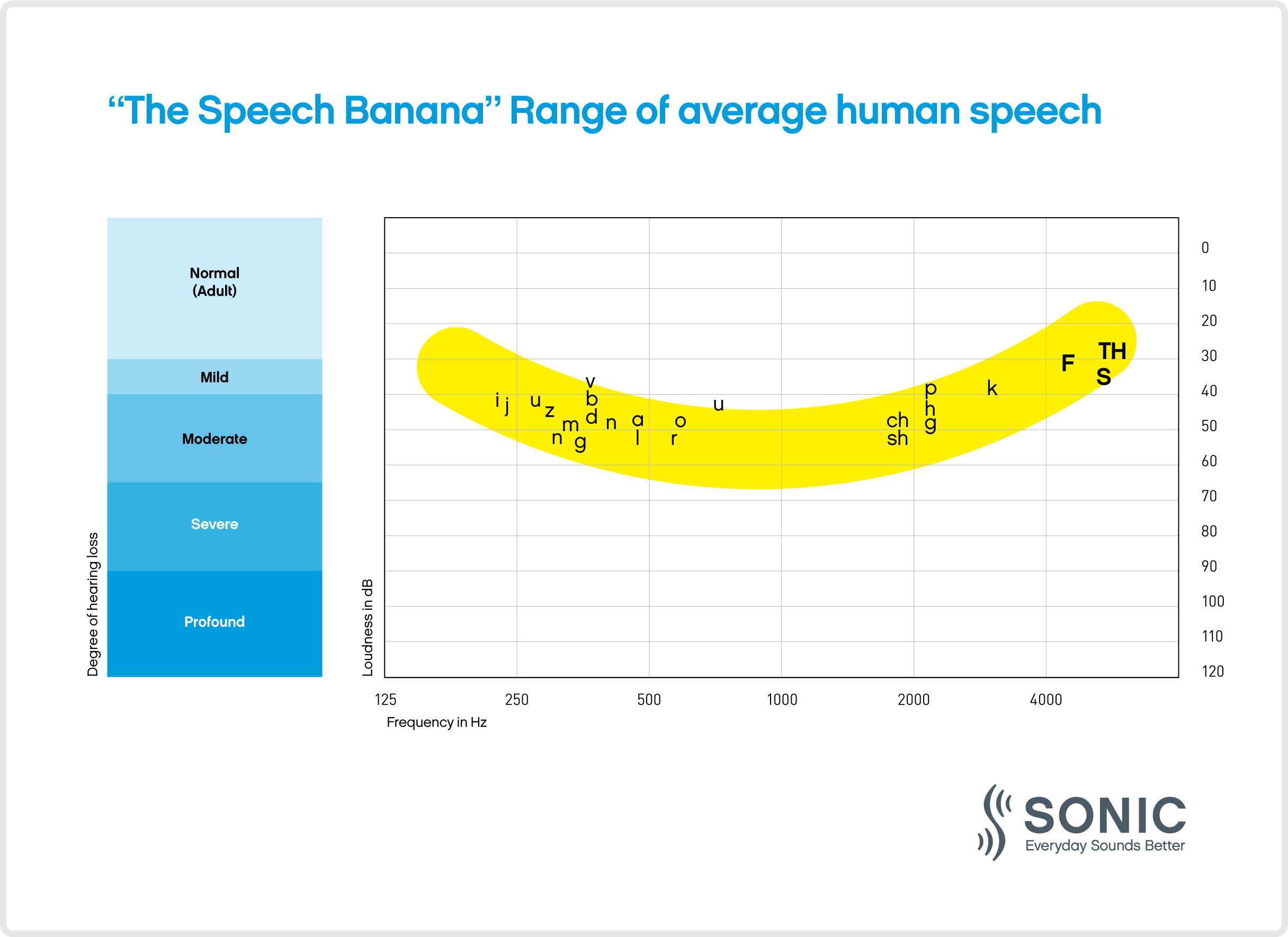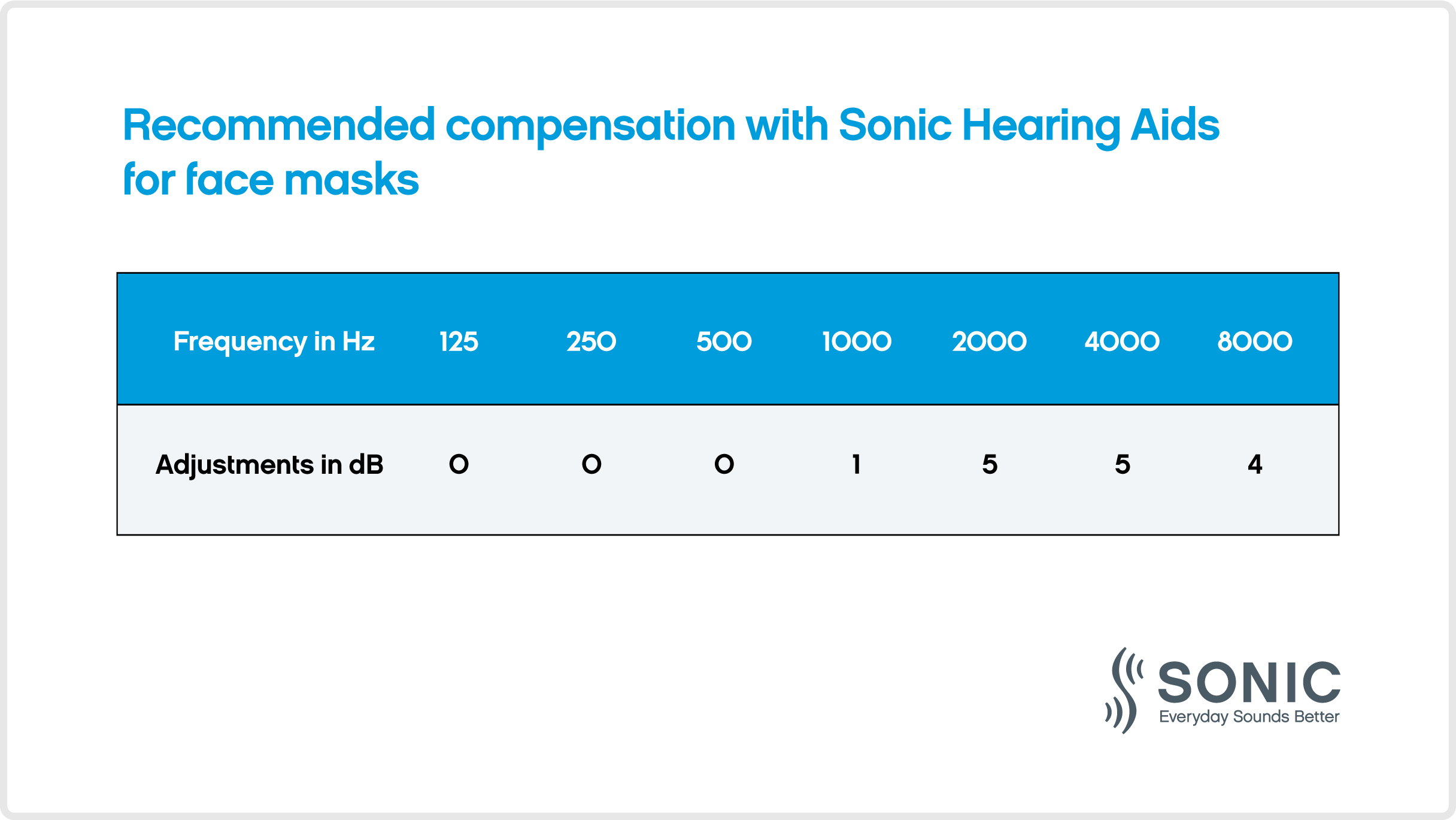Face coverings, most notably the use of masks to cover the nose and mouth, have quickly become the new norm. For many, interactions are uninterrupted and the masks do little to prevent effective communication. However, for those who are deaf, hard of hearing or who have difficulty with speech understanding, these face coverings can present as detrimental barriers. Throw in the effects of social distancing, and speech understanding becomes a true concern.
Looking at the effects of masks on speech is not a new concept. However, this research has mainly been focused on medical settings, such as surgical suites, where masks have always been the norm. However, we now need to expand this research to include everyday interactions and additional mask material.
In a recent study at the University of Illinois, various mask materials were tested to determine the overall acoustic effect on the speech signal.1 Researchers recognized that we need to consider the effects of not only medical grade mask options but also the more commonly found cloth options and take into consideration the general rule of social distancing. This study highlighted several key findings as outlined in the graph below.

Through these graphs, we can clearly see that detrimental attenuation of the speech signal begins at around 1KHz. The study also demonstrated the compounding effects of social distancing on the decline of the speech signal. This reduction in signal intensity becomes a significant concern when we consider the concept of the speech banana and the most common frequencies where hearing loss occurs.
The speech banana is not a new concept and is one that is often utilized in counseling those experiencing hearing loss and difficulty communicating. As we can see in the following commonly used diagram, many sounds that lend to speech clarity are found between 1.5KHz and 6KHz. These sounds, when not clearly audible, often lead to complaints of being able to hear but not able to understand.

The significance of the speech banana relative to attenuation of sound while using a mask is obvious when we view these two graphs concurrently. As you recall, attenuation begins around 1KHz, with a gradual increase of attenuation as the frequency rises, and this attenuation has the greatest effect on the lower level speech sounds located above 1.5KHz on the speech banana. Couple this with a decline in hearing thresholds at these higher frequencies and we begin to realize the effects of masks on speech understanding.
According to the Hearing Health Foundation, approximately 48 million people in America live with some degree of hearing loss. Of those with hearing loss, 80% could benefit from the use of a hearing aid, yet only 1 out of every 4 currently utilize them.2 Looking at these statistics enables us to see how many struggle daily with speech understanding, and now these struggles are compounded by a reduction in speech clarity when interacting with others wearing any type of facial covering. In a study conducted utilizing data from the National Health and Nutrition Examination Survey, researchers looked at the prevalence of speech frequency and high frequency hearing loss. The results of this survey found that of those with hearing loss ages 20 to 69 years, 14.1% had speech frequency hearing loss and 31.1% had high-frequency hearing loss.3
It is evident that certain adjustments need to be made — adjustments to our interactions, to our speaking and communication style, and to our role as hearing care professionals in the fitting and fine-tuning of hearing aids.
When interacting with others and wearing a face mask, there are several ‘communication’ keys to keep in mind. First, you are placing a direct barrier between you (the sound source) and your intended audience. Second, a mask will affect not only your articulation but also the overall level of your speech. And lastly, depending upon the material used, there will be not only a reduction in overall loudness but also a filtering of various frequencies.
The American Speech Language Hearing Association (ASHA) has recommended the following to counteract the effects of a mask not only muffling speech but also eliminating the use of lip reading and facial cues4:
- Make sure you have the attention of those you are communicating with.
- Face your partner directly; be sure nothing is blocking your view.
- Talk a little louder and a little slower.
- Emphasize use of hands and body language.
- Ask your partner if they understand you.
- Move to a quiet place when possible.
- Ask if there is anything you can do to make communication easier.
Keeping these guidelines in mind when communicating with others will work to overcome the detrimental effects of face coverings as they relate to speech understanding and ease the stress of communicating in a less-than-ideal environment.
As hearing care professionals, we may need to make some adjustments not only in our communication with patients but also in our fitting and fine-tuning of hearing devices. When adjusting hearing aid sound quality, keep in mind those frequencies that are most affected and attenuated and aim to provide some additional compensation above the prescribed target gain. Explore the possibility of an additional program designed for use when your patient is out and interacting with others who are wearing a facial covering. This will enable your patient to keep the original settings while also having the option for a program that provides greater gain and high frequency emphasis.
Fine-tuning adjustments to hearing devices are typically based not only on your patient’s hearing loss and preference for sound quality but also on various environmental factors. A common environmental factor that now presents as a complex and difficult hurdle is interacting with others utilizing a facial covering.
While your patients might encounter a variety of masks, it is recommended to create one general ‘mask’ program in addition to their principal listening program. This recommendation is for those experiencing difficulties with speech understanding, as most often it is ideal to fit your patient with one general program. Within this mask program we recommend the following gain adjustments for soft, medium and loud inputs. Note that each patient’s experience and sound preference may vary; therefore, further fine-tuning may be necessary to achieve ideal sound quality and speech clarity.

With reference to advanced feature options, the following change is recommended for Sonic’s Smart Compress technology (Compression Control): Move to Max Audibility (or Audibility if Max Audibility option is not available).*
The recommended use of facial coverings, such as surgical or cloth masks, will most likely be a common occurrence for quite some time. Understanding the detrimental effects on speech comprehension and how to best overcome these disadvantages is key to effective communication. Small adjustments in how we communicate are paramount and can lead to the best communication possible under ‘masked’ conditions. Visit Sonic for more information on how we can help you ensure that Everyday Sounds Better for your patients.
* Options will vary based on Product and Technology level.
References:
1. Corey RM, Uirah J, Singer AC. Acoustic effects of medical, cloth and transparent face masks on speech signals arXiv:2008.04521v1 [eess.AS] 11Aug2020.
2. https://hearinghealthfoundation.org/hearing-loss-tinnitus-statistics
3. Hoffman HJ, Dobie RA, Losonczy KG, et al. Declining Prevalence of Hearing Loss in US Adults Aged 20 to 69 Years. JAMA Otolaryngol Head Neck Surg. 2017;143(3):274-285. doi:10.1001/jamaoto.2016.3527
4. https://www.asha.org/public/Communicating-Effectively-While-Wearing-Masks-and-Physical-Distancing/